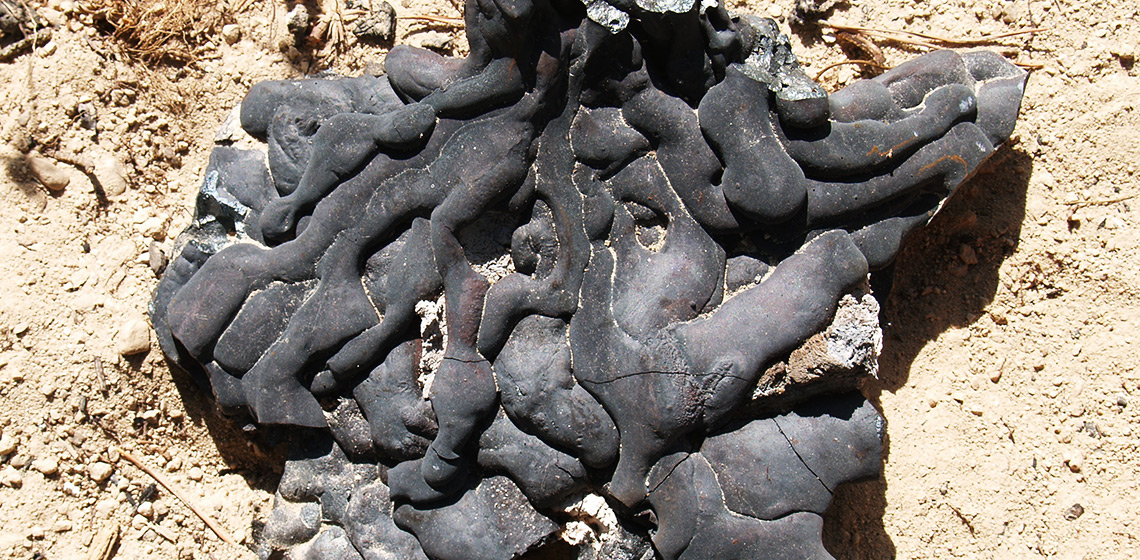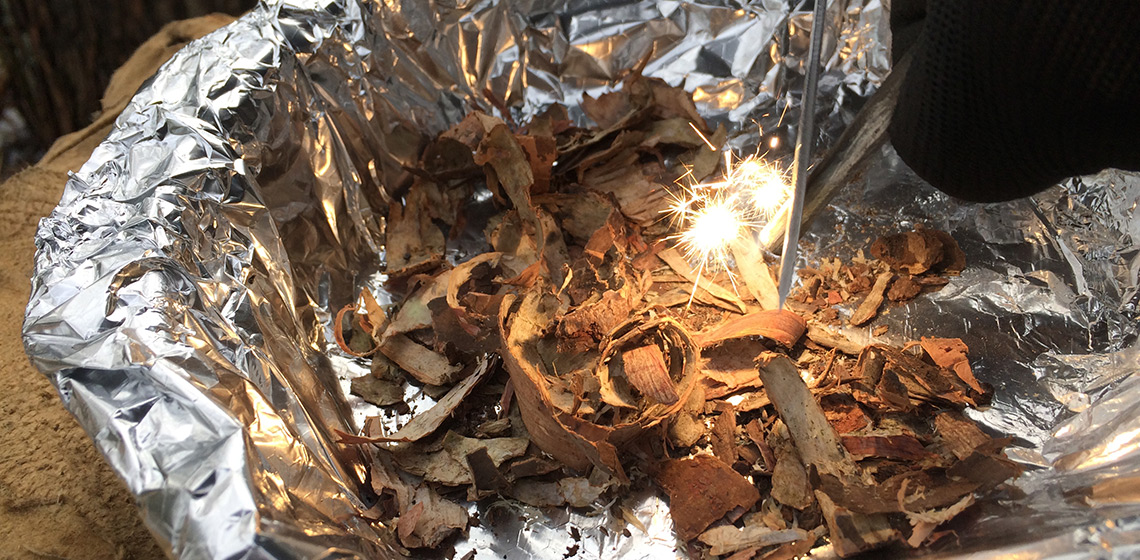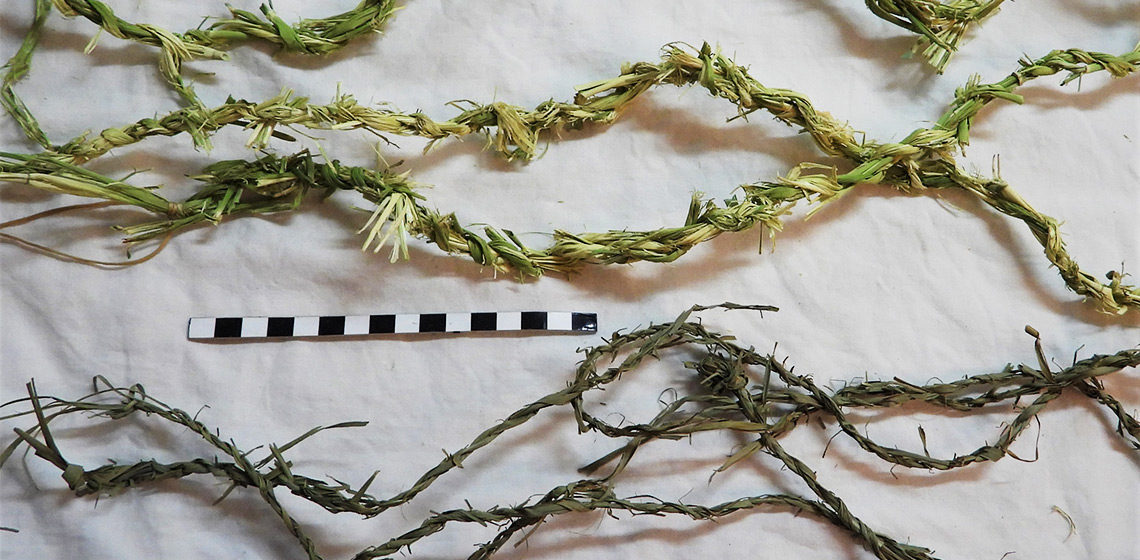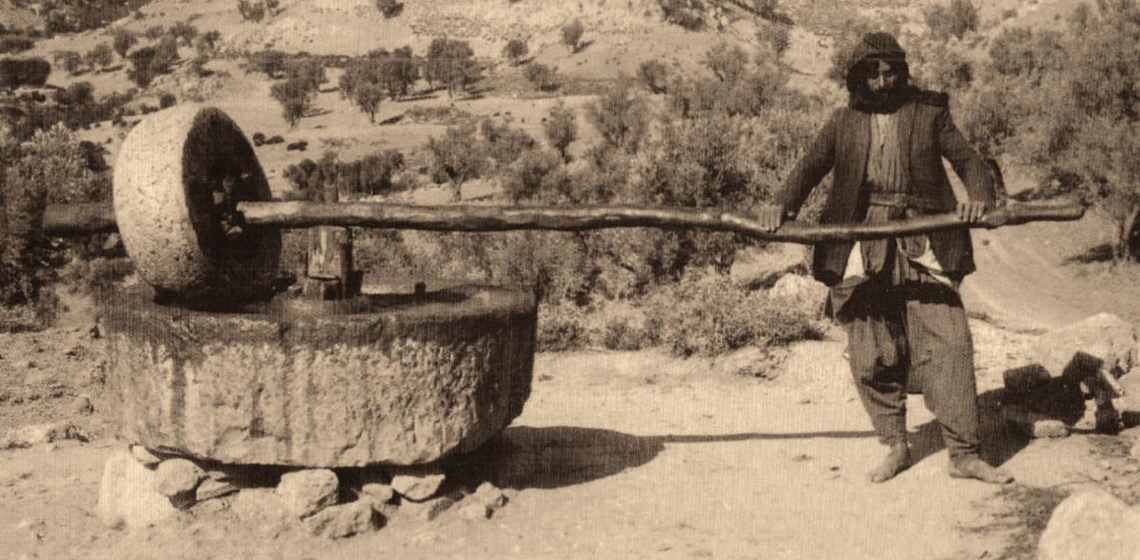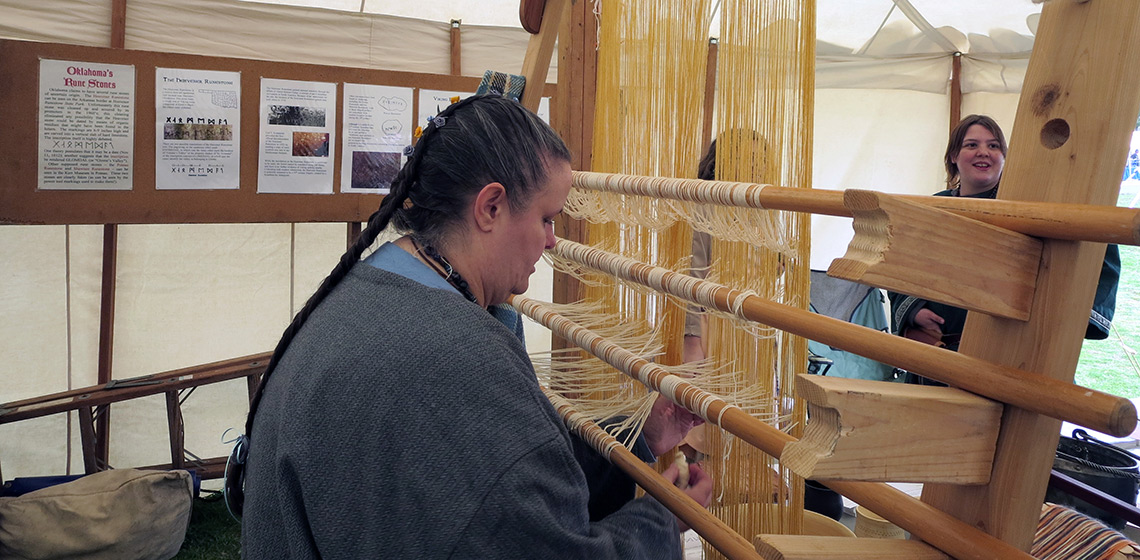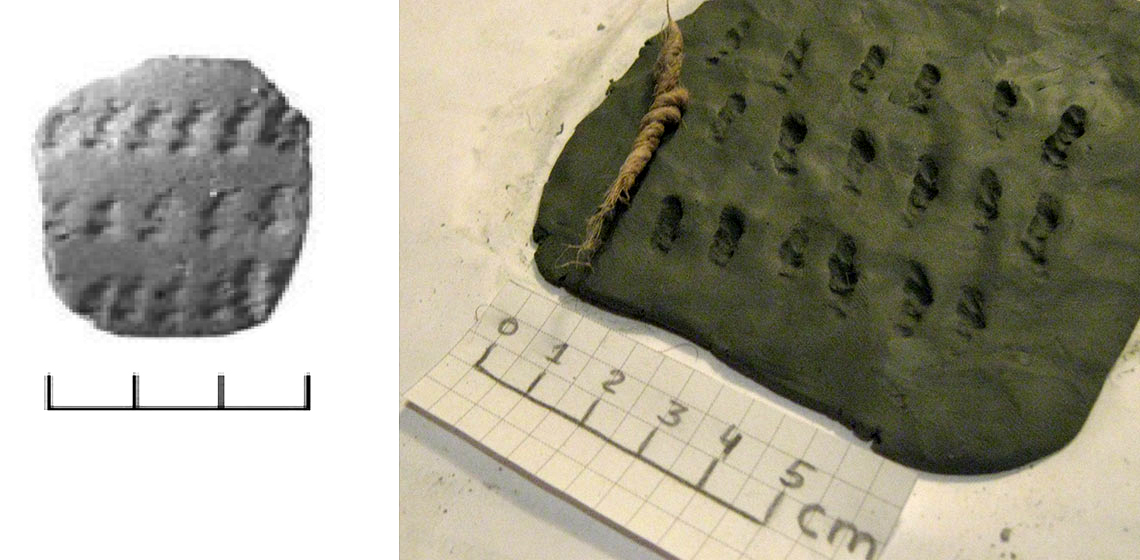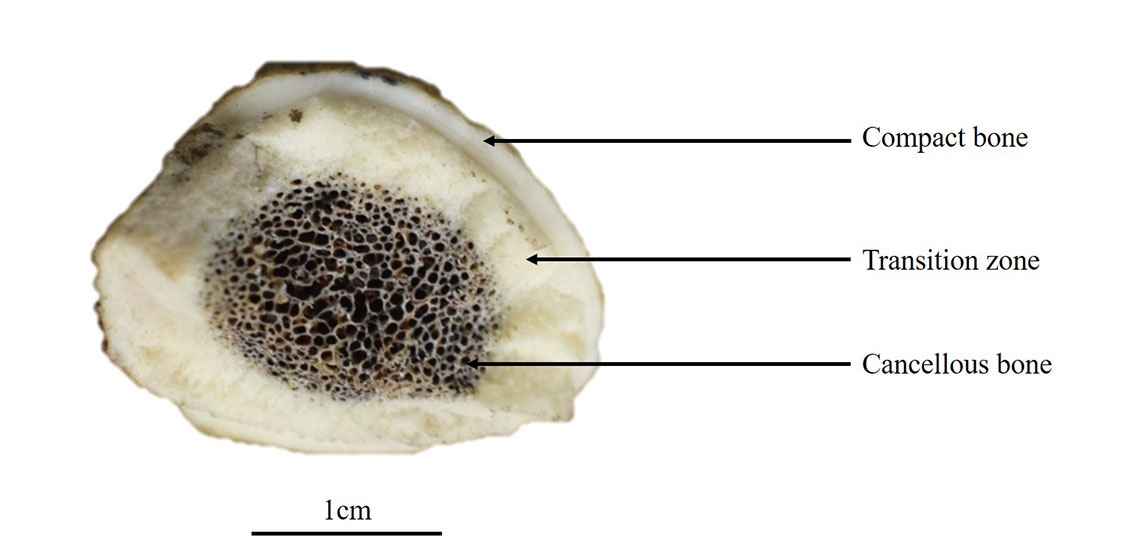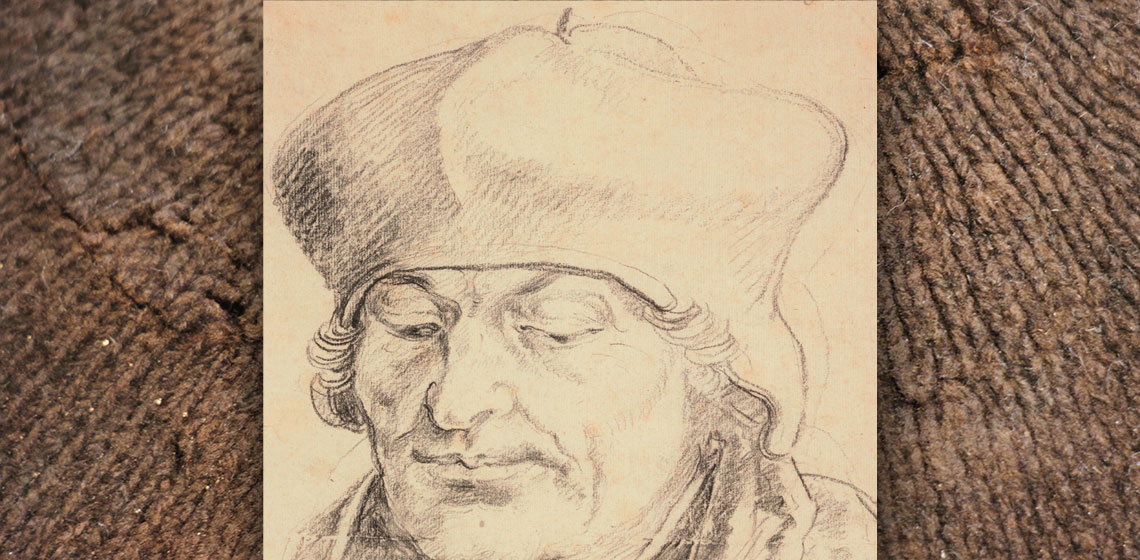Standardized Reporting of Experimental Iron Smelting - A modest (?) Proposal
Background: The State of an Art?
Over the last three decades, bloomery iron smelting has moved from the largely theoretical to the practical. Although there were certainly earlier attempts via experimental process to build workable furnaces, most of these attempts were basically unsuccessful, at least in terms of actual iron production. Early researchers too often undertook (or at least only formally reported on) limited test series (one or two attempts) and many concentrated far too much on slag, not on the production of metallic iron itself.
